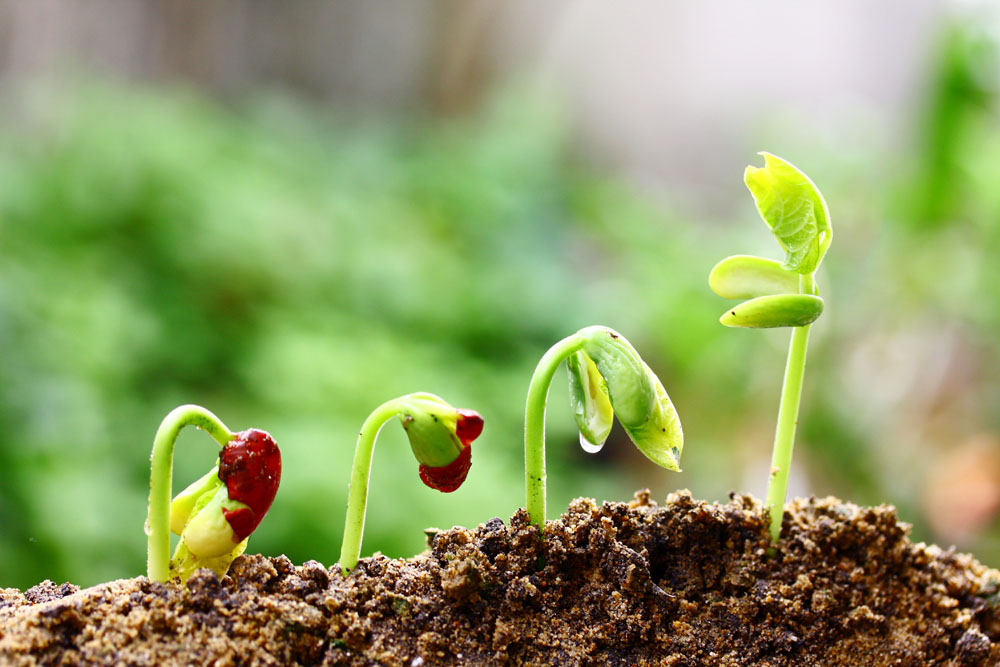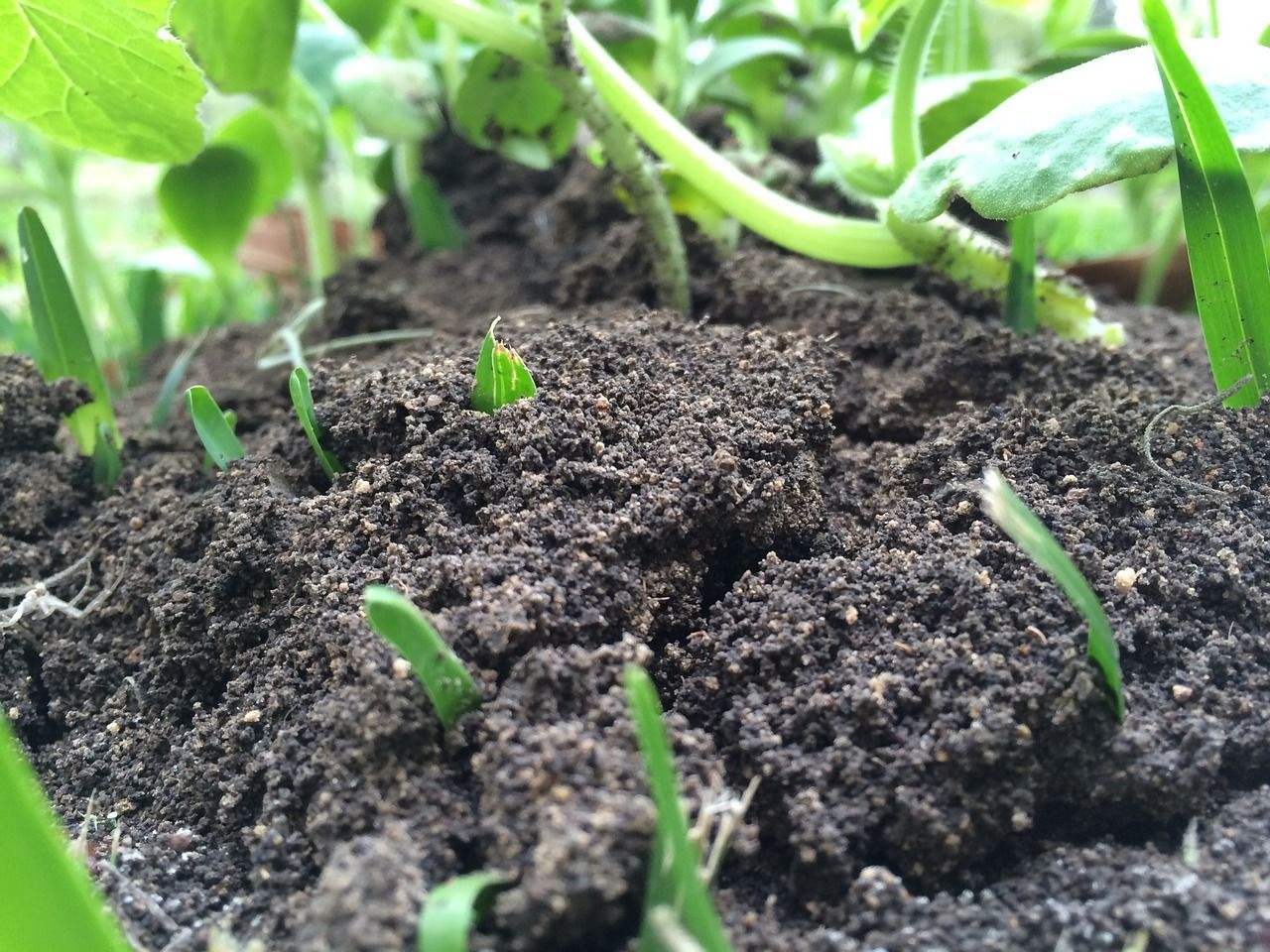Introduction
Organic fertilisers are an integral element in ecological gardening. Since they’re derived from living materials – plant matter, animal waste and mined minerals – their use can balance attending to the needs of plants with caring for the environment. Particular types of organic fertilisers will benefit your garden when you apply them according to plant nutrient needs and sound management practices.
Organic gardeners make a variety of decisions about which fertilisers to use in their gardens to enhance plant health and maximise yield. What works for one group of plants will not work for others. The trick is to choose an organic fertiliser that not only has the right nutrients, but that will release them at the right time in the life cycle of the plant. With targeted fertiliser choices, gardeners can grow more plants, cultivate stronger ones and keep them healthy throughout the growing season.
Understanding Different Types of Organic Fertilizers
we can divide organic fertilisers into three main categories: plant based, animal based and mineral based. And they have diffrent uses respectively. Each one is fit for different soil type and different needs of plants.
Plant-based fertilisers such as cottonseed meal and alfalfa meal, for instance, are highly nutritive for gardens and are generally less nitrogen-rich than manure options. These organic fertilisers set free nutrients slowly, and continue to enrich soils without the risk of overfertilisation. Specifically, cottonseed meal, which is the fibre left over after producing textile yarns, supplies nitrogen especially for enhancing leaf growth and alfalfa meal, which is prepared from dried alfalfa plants and commonly used as animal feed, not only delivers nitrogen, phosphorus and potassium: it also improves soils’ structure.
Animal-derived fertilisers, such as blood meal, bone meal, and fish emulsion, are higher in certain nutrients than plant-based ones and ideal for a quick boost of nutrition. Blood meal is a complex nitrogen source, particularly useful for leafy plants and good at keeping certain pests at bay. Bone meal is high in phosphorus, which is important for plant roots, especially bulbs and perennials. Fish emulsion is a fast-acting fertiliser with a good percentage of the main plant nutrients: nitrogen, phosphorus and potassium, important for the young growth stages of vegetables and flowers.
Two common minerals are green sand, a source of potassium and iron, and rock phosphate, rich in phosphorus. The potassium and iron in green sand is a very useful addition, especially when one’s soils are low in these nutrients because they help to improve the texture of the soil and hold on to water. Rock phosphate primarily contributes phosphorus, a nutrient essential for growing healthy plants – phosphorus moves energy from the sun into herbaceous and woody plant branches, leaves and roots, potentiating the process of photosynthesis and quite literally fuelling growth. Rock phosphate also is primarily slow-releasing and will help ensure a long-term supply of the nutrients your soil needs.
Each of these types of organic fertiliser can offer different benefits to the soil or your plants, or both. Combinations of these materials are especially effective at optimising soil health and plant growth. Identifying the nutritional needs of the soil in your garden can help determine what organic fertilisers may be best.

Waste Technology in Organic Fertilizer Production
Continued advancements in waste technologies also help to reclaim organic waste, while enhancing the fertility quality of the organic fertilisers produced.
Composting is a central part of creating sustainable organic fertilisers by converting garden trash, kitchen scraps and agricultural by-products into humus-rich materials. Hot and cold composting are now commonly used to convert a wide range of agricultural and food sector products into organic fertilisers.
Hot composting is accomplished quickly, killing off pathogens and weed seeds and hastening decomposition if it is properly maintained by the regulated addition of water to achieve the right temperature and aeration. Cold composting is a slower process. It involves simply piling up organic matter and letting it decompose. This happens eventually, but it might take a few years. Both hot and cold composting methods simultaneously reduce waste while returning nutrients to the soil that improve its structure and fertility.
It’s even possible to give traditional compost a run for its money with more sophisticated processes such as vermiculture and anaerobic digestion. Vermiculture relies on worms to break down organic waste and create vermicompost, an extremely rich material that improves the health of soils when added.
Conversely, anaerobic digestion involves the breakdown of organic material in an oxygen-free environment. The process leads to both ‘wet’ (liquid) and ‘dry’ (solid) outcomes: biogas and digestate, respectively. The biogas, produced by the anaerobic digestion of organic waste, is a renewable energy source. It’s primarily used to generate electricity, although it can also be used as fuel for internal combustion engines. Digestate, derived from anaerobic digestion, is a form of organic fertiliser abundant in nutrients.
These technologies greatly optimise waste management practices, acting as efficient at scale facilities to produce a new category of commercial organic fertilisers, closing the loop in agricultural ecosystems and turning waste into useful agricultural inputs.
Matching Fertilizers to Garden Needs
The growth and prosperity of your garden is heavily dependent on whether soils receive the appropriate level of organic fertilisers suited for different kinds of vegetables, weeds and soil conditions. The purpose of this section is to assist the gardener to determine these needs, and choose the corresponding types of organic fertilisers.
A soil test should always be undertaken so you don’t put more fertiliser on than your soil can use or needs – there’s no point wasting money, time or water, and you can tweak your fertiliser towards your soil’s individual needs. So if your soil is poor in nitrogen but high in phosphorus, you can choose a high-nitrogen, low-phosphorus fertiliser (eg, blood meal). Without a test, you might inadvertently apply a fertiliser that’s high in phosphorus and disturb your soil’s nitrogen:phosphorus ratio. Excessive availability of plant nutrients can damage plants and their immediate environment – overuse of nitrogen has been implicated in algal blooms, which deplete oxygen from water and can kill aquatic life.
Different plants require different nutrients during the different phases of their growth. Phosphorus-rich fertilisers such as bone meal, for example, are best added to tomato plants or pepper plants once the flowers start to set fruit. Nitrogen-rich fertilisers such as fish emulsion or alfalfa meal might be best suited to leafy greens such as spinach or kale, which generally depend on lots of nitrogen to build leafy ‘frames’.
Knowing these nutrient requirements enables the gardener to identify organic fertilisers that both support plant health and productivity, and also step towards a nutrient cycle that is sustainable through the garden ecosystem.

Environmental Benefits of Using Organic Fertilizers
Organic fertilisers not only help crops grow strong and healthy, but they also provide various environmental benefits. Small-scale and large-scale gardening, as well as intensive and extensive farming methods, can all benefit greatly from incorporating organic fertiliser into their systems.
Here are some reasons why we should adopt organic fertiliser in our home gardens and commercial farms. Organic fertilisers have the following ecological benefits:
Reduce soil acidity: when organic matter decays, it produces alkaline/neutral compounds which help to reduce acidity in the soil. These compounds may even assist in balancing the soil.
Reduce evaporation: organic matter promotes the humus in the soil which helps to reduce evaporation and conserve moisture. It also increases water holding capacity of the soils.
Reduce weeds: organic matter reduces weeds through two main mechanisms.
Cutting Chemical Runoff and Contamination: Because they’re less soluble, organic fertilisers reduce the chances of leaching into nearby waterways, minimising the risk of water contamination that can cause eutrophication – excessive growth of plants in a body of water, which ultimately lowers the oxygen level and kills aquatic life.
Soil Biodiversity and Health: Soil biodiversity is developed when organic fertilisers improve soil organic matter. This not only helps to improve the physical structure to maintain water and reduce evaporation, but also increases the soil’s nutrient retention capacity. Moreover, soil organic matter provides a good ecological environment for a variety of microbial life. It is beneficial for the circulation of nutrients and soil fertility. Keeping the solid alive is the way to grow healthier plants that can resist insects and pests. Hopefully, ag biodiversity together with healthy soil and sound rangeland management can help benefit people and nature.
Smaller Carbon Footprint: Production and use of organic fertilisers typically require less energy and produce less greenhouse gases relative to synthetic ones. Additionally, by enhancing soil carbon accumulation, organic fertiliser helps mitigate climate change by literally taking carbon dioxide out of the atmosphere, where it contributes to the greenhouse effect, and trapping it in the soil.
These environmental benefits illustrate why the selection of organic fertilisers should be connected as part of a larger embrace of ecological health and durability. Chosing organic ways of feeding plants means nourishing greenery, but it also offers us the opportunity to help guard and enrich the natural world.
Conclusion
In this article, ‘Tailored Nutrition: Matching Different Types of Organic Fertilizer to Your Garden Needs’, we’ve learned about the different types of organic fertilizers and match them to plants and garden scenarios. From fertilizers of plant derivatives to those of animal origin, to even fossilized plant and animal remains, we’ve observed how each type of fertilizer fits in to the puzzle of plant nutrition and healthy soil.
Organic-compost teas are also employed in part to encourage a sense that the landscaping of this farm house, urban apartment or suburban home caresses the Earth with peace of mind, reducing chemical runoff into waterways, nurturing all the life within the soil vital for its sustainability and reducing the carbon footprint of the typical produce of synthetic nutrients from plastic-wrapped factories.
Moving forward, once armed with this knowledge, gardeners and farmers alike should attempt both the traditional and novel organic fertiliser methods and ways to ensure not only safe-to-eat crops and greener surroundings but also be a part of the long-lasting and sustainable shift for a greener and natural approach to agriculture. Over all, with the help of the knowledge and wisdom bestowed upon us, we can all, in the best way possible, make informed decisions that are environmentally friendly.
As long as the needs of your soil and plants are properly understood and met by selecting suitable organic fertilisers, your gardening will be healthy, sustainable and productive. With this in mind, novice or experienced gardeners can follow a sustainable organic gardening programme that will maintain their gardens as thriving parts of the living biosphere and a balanced ecological environment.
Here are some references on the types of organic fertilizer along with their links:
- Carpenter-Boggs, L., Kennedy, A. C., & Reganold, J. P. (2000). Organic and biodynamic management: Effects on soil biology. Soil Science Society of America Journal, 64(5), 1651-1659.
- Drinkwater, L. E., Wagoner, P., & Sarrantonio, M. (1998). Legume-based cropping systems have reduced carbon and nitrogen losses. Nature, 396(6708), 262-265.
- Rastogi, A., & Tripathi, R. S. (2007). Role of nitrogen-fixing bacteria in the biodegradation of organic wastes for sustainable agriculture. Bioresource Technology, 98(14), 2781-2785.
- Grossman, J. M., Schipanski, M. E., Sooksanguan, T., & Drinkwater, L. E. (2010). Diversity of rhizobia nodulating soybean [Glycine max (L.) Merr.] varies under organic and conventional management. Applied Soil Ecology, 45(3), 261-266.







